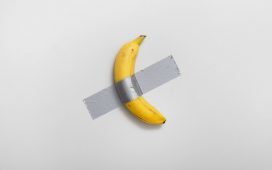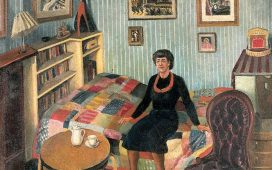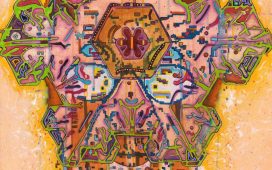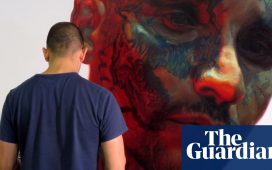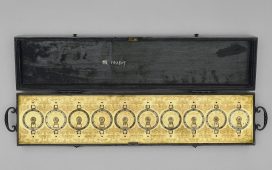A two-day exhibition entitled Hind’s House was held this past weekend at Columbia University, with contributions from more than 50 artists and activists. The exhibition was organised by the Hind Collective, a group of student organisers, activists, artists and writers. The collective was formed in mid-September after the university’s interim president, Karen Armstrong, issued an apology to students following the events that unfolded on Columbia’s campus in the spring—when an anti-war encampment there helped set off a global protest movement and was ultimately quashed when the NYPD stormed the campus and arrested 40 students. According to The New York Times, 38 of those students were able to return this autumn and two remain suspended.
“The art on Hind’s House’s walls serves merely as another channel through which we can build a deeper, more personal coalition,” the collective’s members told The Art Newspaper in a statement. “Art is not simply content; it is our weapon to sharpen what our movement has in store for Columbia.” The exhibition title Hind’s House, and the building where it was held—formerly Hamilton Hall, renamed Hind’s Hall by student activists in April—are tributes to Hind Rajab, a six-year-old girl who was killed (along with six members of her family and two ambulance workers dispatched to rescue her) during the Israeli military’s invasion of Gaza City early this year.
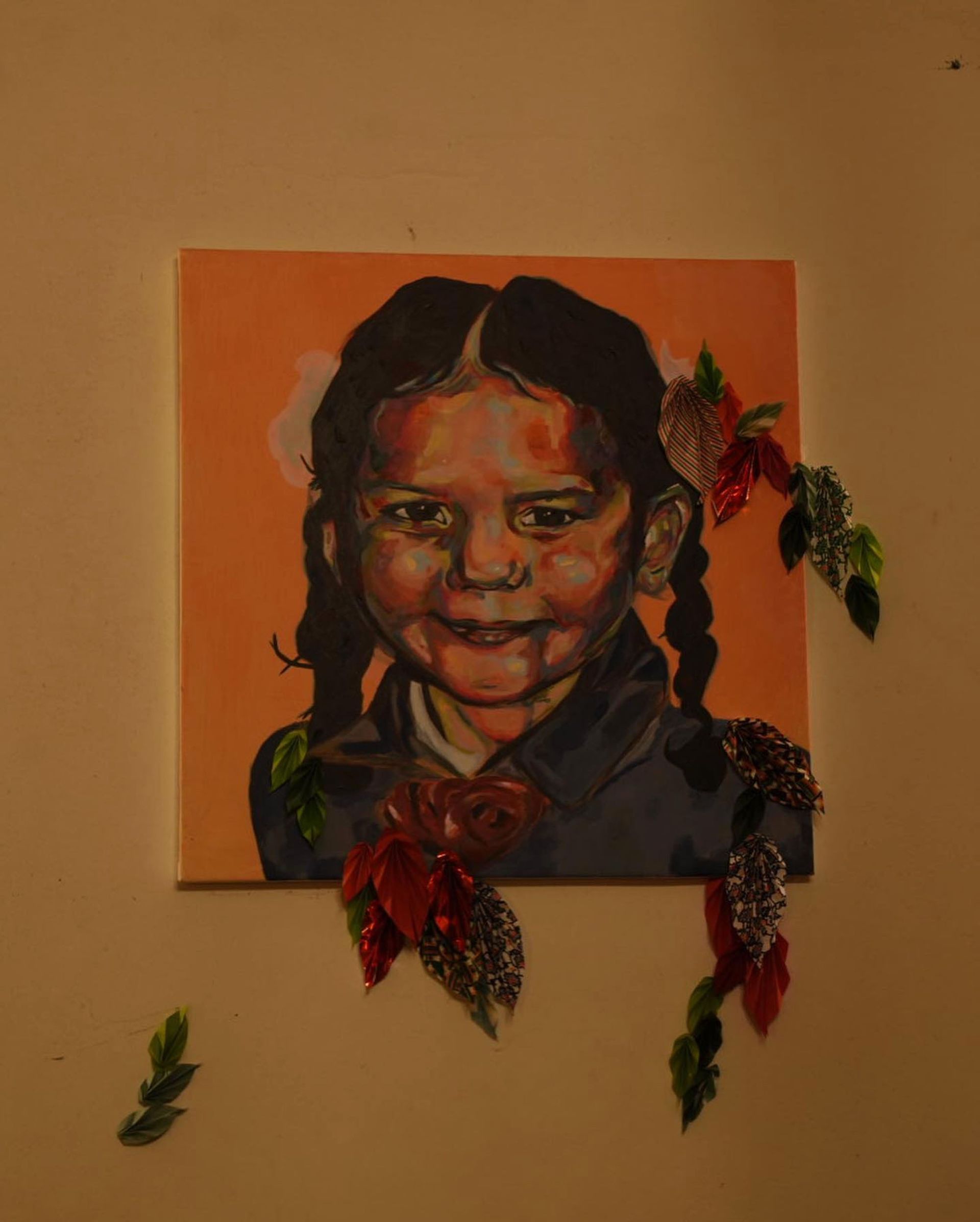
A portrait of Hind Rajab in Hind’s House at Columbia University Photo via @hinds_house/Instagram
The exhibition opened 9 November and included live music, several installations, sculptures, works on paper and more. On 10 November, public programmes held on site featured teach-ins on topics including the history of Palestine, vendors and other activities held over the course of the afternoon.
“In our struggle, we all are one as we continue to fight for divestment from genocide and the liberation of Palestine,” the collective’s statement continued. “Anyone who is exposed to the repression and state-facilitated violence against the Columbia pro-Palestine student body at any capacity understands the constant urgency for anonymity.”
The collective partnered with the Palestinian Museum in Birzeit in the West Bank, which assisted in curating a portion of the exhibition including a large quilt that was made by artists from across the world in support of Palestinians.
A central goal of the exhibition was to bring attention to the war in Gaza, which to date has killed more than 40,000 people according to the Hamas-run health ministry there, 70% of whom have been women and children, according to the United Nations. The Israeli military’s attacks on Gaza began on 7 October 2023 after Hamas’s terror attack in Israel that day, which killed around 1,200 people and saw around 250 people taken hostage. Around 100 hostages are still being held in Gaza. The war—which has now expanded to parts of the West Bank, Lebanon, Yemen, Syria and elsewhere in the region—has sparked protests globally, many of which occurred on college campuses in the US last spring.
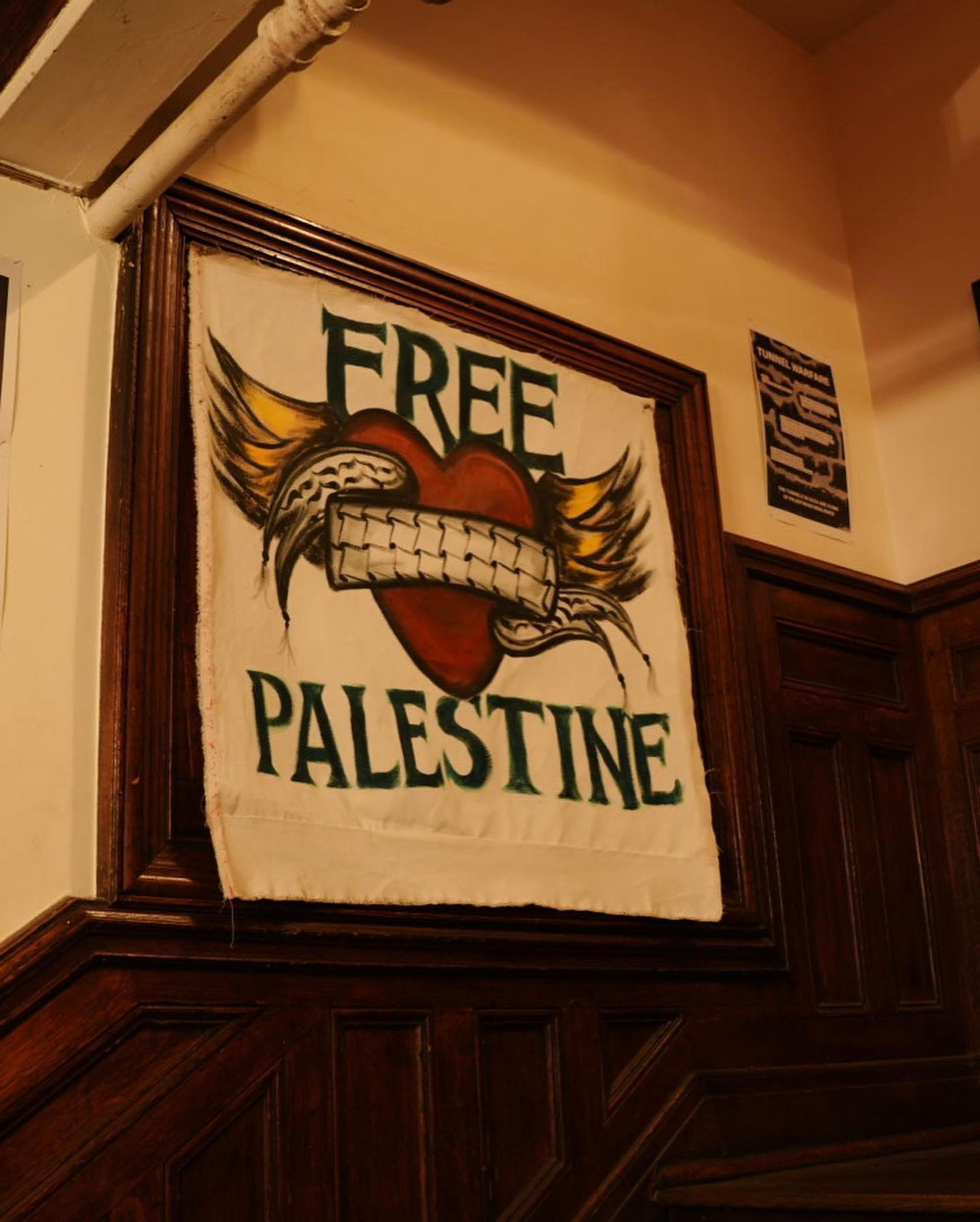
A painting in Hind’s House at Columbia University Photo via @hinds_house/Instagram
The artist Peloloca took part in Hind’s House with a piece titled The Handala Project, which had previously been installed on a street corner in Queens this summer. The sculpture draws on imagery from a cartoon that was created by Naji al-Ali in 1969 following the 1967 Arab-Israeli war, featuring a boy with spiky hair shown from the back in tattered clothes.
“Experiencing art in collective, activated spaces has so much transformative power,” Peloloca says. “I feel honoured and grateful to have participated in Hind’s House this weekend, it has renewed my life force and given me energy towards the next action.”
Handala, as the cartoon character has come to be known, has existed for decades in various forms as a sign of resistance. Peloloca’s sculpture is part of a larger project to foster cultural solidarity by making each sculpture with locally found materials, rooting it in the place where it is made. For the artist, showing the sculpture in this exhibition at Columbia took on a deeper meaning because many of those who interacted with it knew the context surrounding the image’s origins.
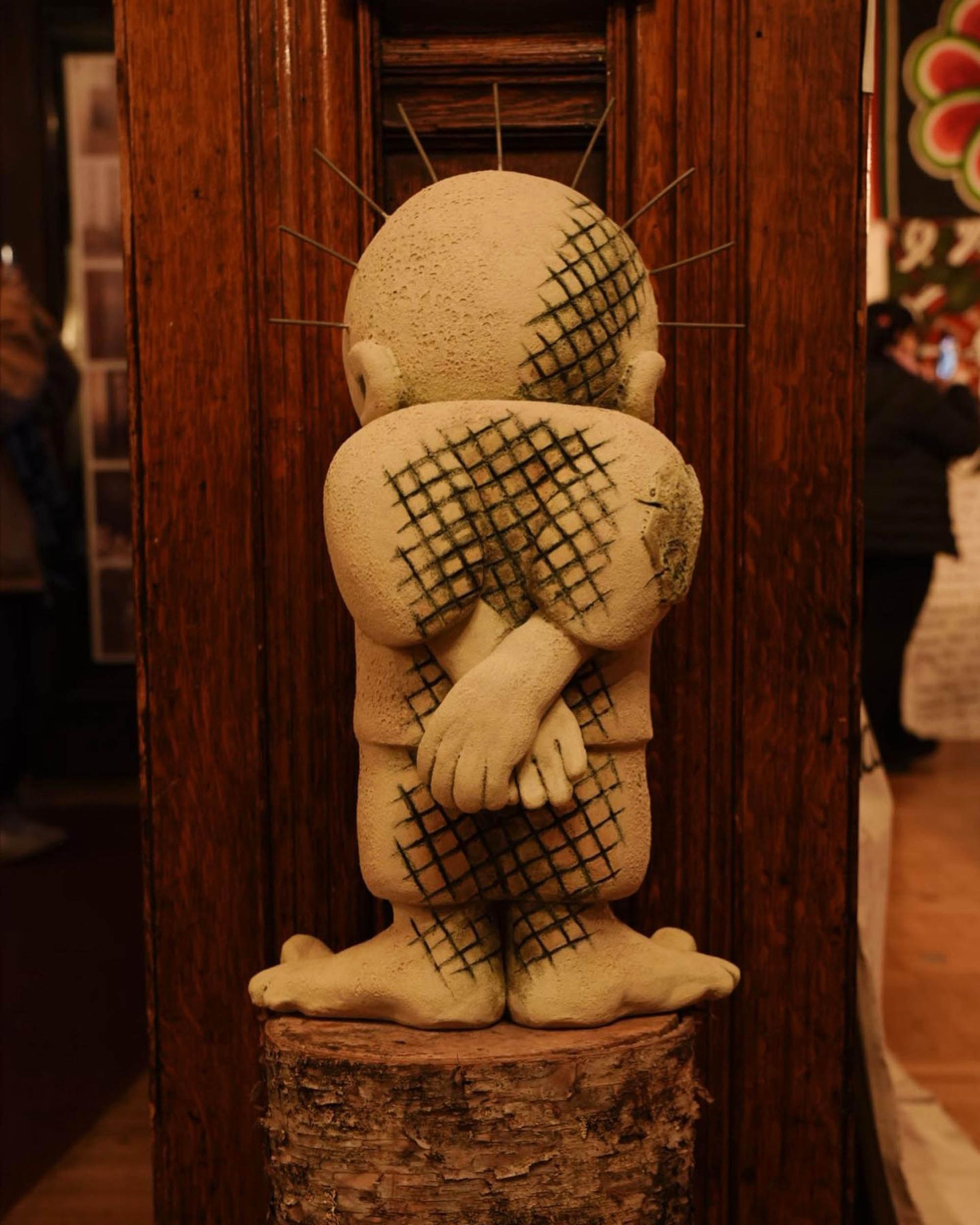
Peloloca’s The Handala Project (2024) on view at Hind’s House Photo via @hinds_house/Instagram
“Bringing Handala to Hind’s House felt like a homecoming,” Peloloca said. “Almost everyone passing through recognised him, they knew who Handala was. So the conversations took on a deeper, richer hue than just a rudimentary history lesson. At Hind’s House, Handala stands right next to the altar of Hind Rajab, where a beautiful painted portrait of her hangs.”
The exhibition also featured the work of a quilting group that led a collective painting of Hind on Sunday. The group has been extending its quilt in recent months and adding new squares.
This two-day show at Hind’s Hall occurred at a fraught moment for Israel’s war in Gaza, politics in the region and in the US. In light of Donald Trump’s re-election last week, Israel’s right-wing leadership may reasonably expect comparatively unreserved support from the US following his inauguration in January. In the meantime, Qatar has suspended its efforts to serve as a mediator in ceasefire talks between Israeli and Hamas negotiators because “the parties aren’t negotiating in good faith”, a diplomat told CNN.
Last spring’s campus protests, sparked by the Columbia encampment, became a broad movement of civil unrest on university campuses across the US and overseas. Ultimately more than 2,000 people were arrested in the US for taking part in pro-Palestinian actions and encampments on university campuses last spring. In September, students at Columbia and other schools across New York City took part in a rally organised by the group Students for Justice in Palestine. That action resulted in still more students being arrested. Some universities have revised their policies around protests in an attempt to stop encampments.

